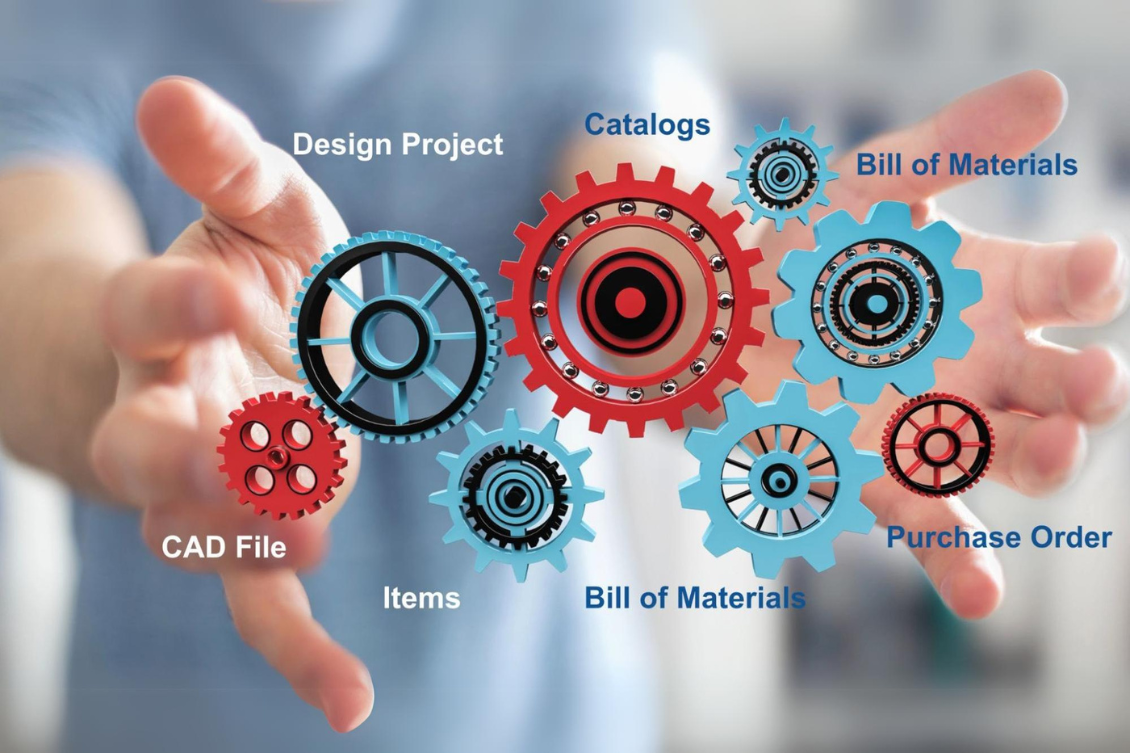
In 2024, digital transformation isn’t just a buzzword; it’s an essential change for any business aiming to stay competitive. Adapting digital workflows is now a necessity—businesses either transform the way they work or face a slow decline compared to companies harnessing digital advantages.
This shift is everywhere in our everyday lives: we order groceries online, and even at Costco, a license plate is enough to identify the right tires for your car. Manufacturing should be no different—digital workflows streamline processes, accelerate operations, and ultimately drive the business forward.
In my article last week, “The Importance of Digital Workflows in Manufacturing”, I explored how digital transformation impacts the CAD-to-quote process, a core data and people flow in any manufacturing company. It’s clear that change is happening, but it’s often easier said than done.
Here are three key insights we’ve gained from prospects evaluating OpenBOM in 2024.
Don’t Try to Replicate Your “Excel” or “File” Flow with OpenBOM
Transitioning to OpenBOM means embracing a new way of managing data – not simply replicating old habits. If your current processes work but are limited, you probably don’t need a “faster horse”—you need a whole new approach, akin to switching from horses to automobiles. Cars weren’t just faster; they transformed city life by removing horses from the streets and eliminating manure and odors.
Similarly, OpenBOM is designed not to mimic your existing workflows but to replace them with more efficient, structured, and scalable methods. The goal is improvement, not just automation of old habits.
Start Small Before Scaling Up, Use Simple Examples to Test the System and Workflow
A common misstep we’ve seen is prospects attempting to load massive amounts of data—tens of thousands of ERP items or complex SolidWorks assemblies – into OpenBOM right from the start. While scalability is essential, effective evaluation begins by understanding OpenBOM’s unique data management approach, which is different from traditional PDM and PLM. Begin with a manageable dataset to learn the flow and logic behind data organization, and then test scalability. This “crawl before you walk” approach is vital for success with OpenBOM.
Starting with a straightforward use case lets you grasp how OpenBOM functions and see what workflows it supports. We’ve embedded decades of industry insights into OpenBOM but have implemented them differently than legacy systems designed 25+ years ago.
Testing with simple examples fosters an open-minded approach, allowing you to experience OpenBOM’s innovative features without preconceived notions from older PDM/PLM systems. The flexibility you’ll find with OpenBOM might surprise you, so allow it room to impress.
Organize Your Data Before Bringing It Over
One significant lesson we learned is that messy data only creates a “computerized mess” if transferred without cleanup. Most legacy data in manufacturing – often scattered, inconsistent, or duplicated – is the product of systems that lacked effective data organization and validation. We’ve seen duplicate file names, inconsistent Part Number in CAD configurations, misaligned data records between multiple data sources, and just lost pieces of information.
Evaluate your data quality before moving it into OpenBOM to avoid replicating existing issues. This step is crucial because clean, organized data sets the foundation for better data management, enabling OpenBOM’s full capabilities to shine.
One more… Ask Questions and Engage with Us
At OpenBOM, we prioritize your experience and want the transition to be as seamless as possible. Our vision is to provide you with an immediate, usable tool – not just to send you to a “contact sales” button. If something doesn’t work as expected or you’re unsure about a workflow, please reach out. Our team is passionate about helping you optimize your setup, troubleshoot any issues, and tailor the system to your needs. We’re here to ensure your success.
We are working on some new ideas on how to improve your engagement with us during the learning and evaluation process. Stay tuned…
Conclusion
Digital transformation is a journey, and data is becoming one of the most critical business assets in manufacturing. Having data organized and accessible is as important as maintaining the machinery on the shop floor. Change is challenging, but the benefits are undeniable. We look forward to supporting your journey with OpenBOM and empowering your digital transformation with efficient, structured workflows.
REGISTER FOR FREE and start your journey with OpenBOM Today!Best,
Oleg
Join our newsletter to receive a weekly portion of news, articles, and tips about OpenBOM and our community.










